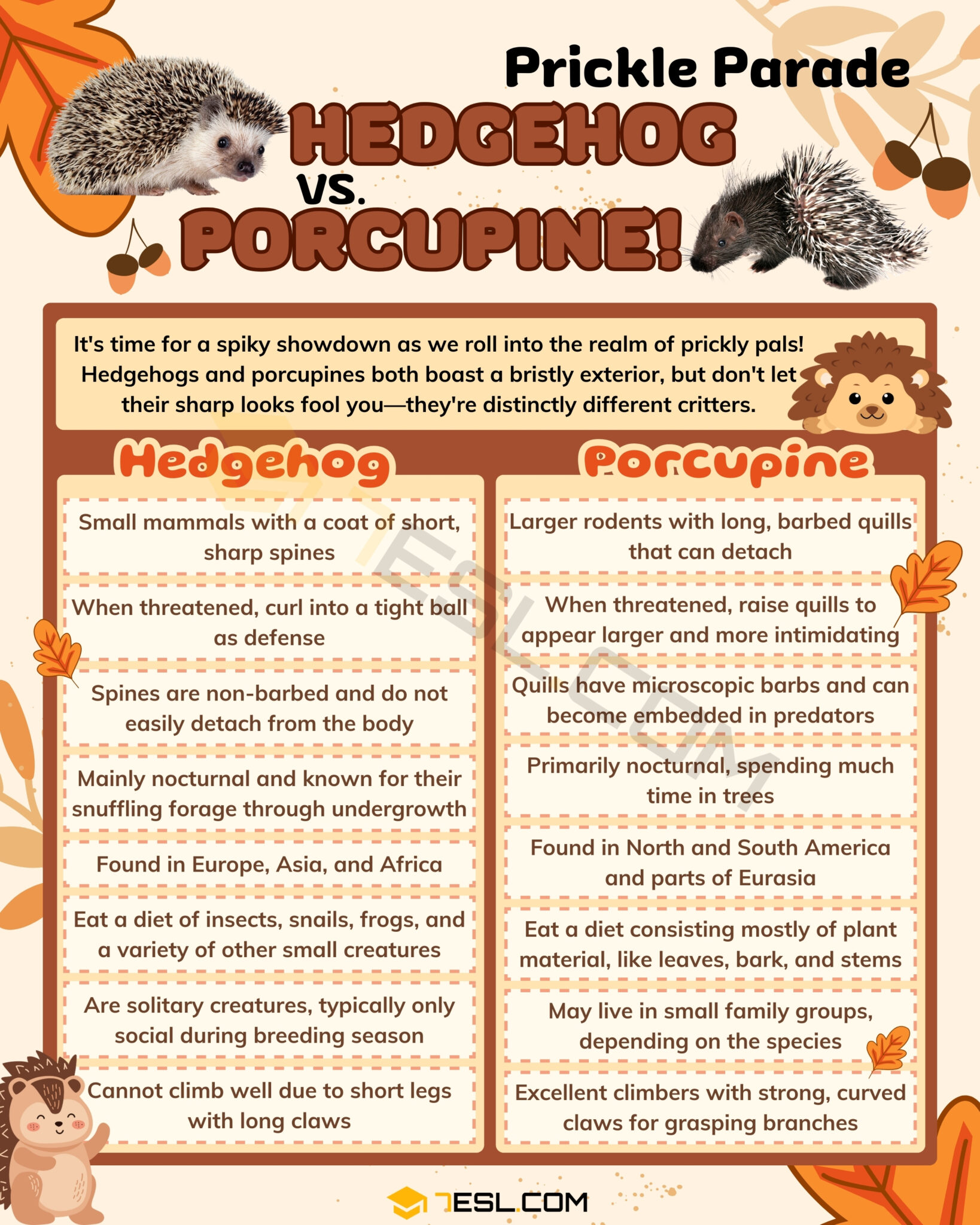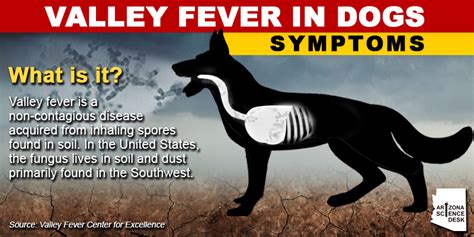Hedgehog Or Porcupine

The terms "hedgehog" and "porcupine" are often used interchangeably, but they actually refer to two distinct groups of mammals. While both hedgehogs and porcupines are known for their unique, protective quills, they belong to different families and have several distinct characteristics. In this article, we will delve into the differences between these two fascinating creatures, exploring their evolutionary history, physical characteristics, and behavioral traits.
Introduction to Hedgehogs and Porcupines

Hedgehogs belong to the family Erinaceidae, which comprises 17 species found in various parts of the world, including Europe, Asia, and Africa. These small, spiny mammals are known for their ability to roll into a ball for defense, using their sharp quills to deter predators. Porcupines, on the other hand, belong to the family Hystricidae (Old World porcupines) or Erethizontidae (New World porcupines), with a total of 29 species found in Africa, Asia, and the Americas. Porcupines are larger than hedgehogs and have longer, thicker quills that can be quite formidable.
Key Points
- Hedgehogs and porcupines are distinct groups of mammals with unique characteristics.
- Hedgehogs belong to the family Erinaceidae, while porcupines belong to the families Hystricidae or Erethizontidae.
- Both hedgehogs and porcupines have protective quills, but porcupines have longer, thicker quills.
- Hedgehogs are generally smaller than porcupines and have a more rounded body shape.
- Both animals have adaptations for defense, but their behaviors and habitats differ significantly.
Physical Characteristics and Quill Structure
One of the most notable differences between hedgehogs and porcupines is their quill structure. Hedgehogs have short, sharp quills that are modified hairs, which they use for defense. These quills are usually around 1-2 inches (2.5-5 cm) long and are not barbed, meaning they do not stick into the skin of predators. Porcupines, on the other hand, have longer, thicker quills that can be up to 12 inches (30 cm) long and are barbed, making them more effective at deterring predators. Porcupine quills are also loosely attached to the skin, allowing them to be easily released and embedded into the skin of an attacker.
| Characteristic | Hedgehog | Porcupine |
|---|---|---|
| Quill Length | 1-2 inches (2.5-5 cm) | Up to 12 inches (30 cm) |
| Quill Thickness | Thin and sharp | Thicker and barbed |
| Body Size | Small (4-12 inches / 10-30 cm long) | Larger (12-36 inches / 30-90 cm long) |
| Habitat | Forests, grasslands, and deserts | Forests, grasslands, and mountainous regions |

Behavioral Traits and Habitat Preferences

Hedgehogs are primarily nocturnal animals, spending most of their time foraging for food at night. They are omnivores, feeding on insects, fruits, and vegetation. Porcupines, on the other hand, are also nocturnal, but they tend to be more solitary and have a more varied diet that includes bark, leaves, and seeds. Hedgehogs are generally found in forests, grasslands, and deserts, while porcupines inhabit forests, grasslands, and mountainous regions. Both animals are excellent climbers, but porcupines are more adapted to arboreal life, often resting in trees during the day.
Reproduction and Lifespan
Hedgehogs typically breed in the spring and summer, with a gestation period of around 4-6 weeks. The female hedgehog gives birth to a litter of 2-10 young, which are born blind and helpless. Porcupines also breed in the spring and summer, but their gestation period is longer, lasting around 7-8 months. The female porcupine gives birth to a single young, which is born with its eyes open and a covering of soft quills. Both hedgehogs and porcupines have a relatively long lifespan for their size, with hedgehogs living up to 4-7 years in the wild and porcupines living up to 10-15 years.
What is the main difference between hedgehogs and porcupines?
+The main difference between hedgehogs and porcupines is their quill structure and body size. Hedgehogs have short, sharp quills and are generally smaller, while porcupines have longer, thicker quills and are larger.
Are hedgehogs and porcupines related?
+No, hedgehogs and porcupines are not closely related. They belong to different families and have distinct evolutionary histories.
What do hedgehogs and porcupines eat?
+Hedgehogs are omnivores and feed on insects, fruits, and vegetation, while porcupines are also omnivores but tend to eat more bark, leaves, and seeds.
In conclusion, while both hedgehogs and porcupines are unique and fascinating creatures, they have distinct characteristics, behaviors, and habitats. Understanding these differences can provide valuable insights into their evolutionary history, ecological roles, and conservation status. By appreciating the diversity of these animals, we can work towards protecting and preserving their populations for future generations.



